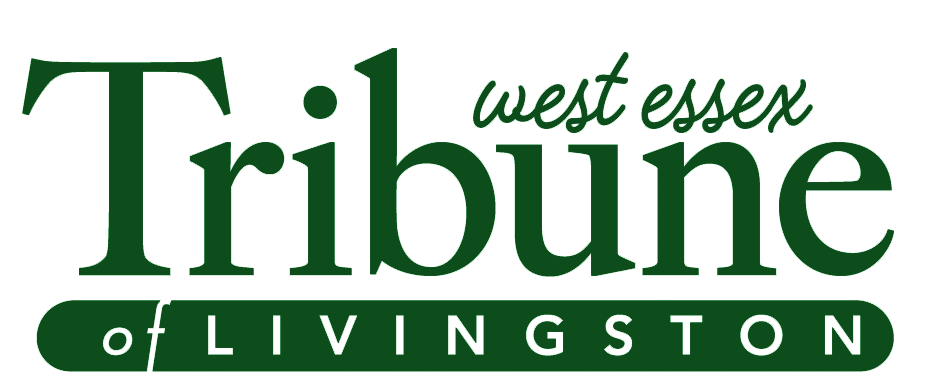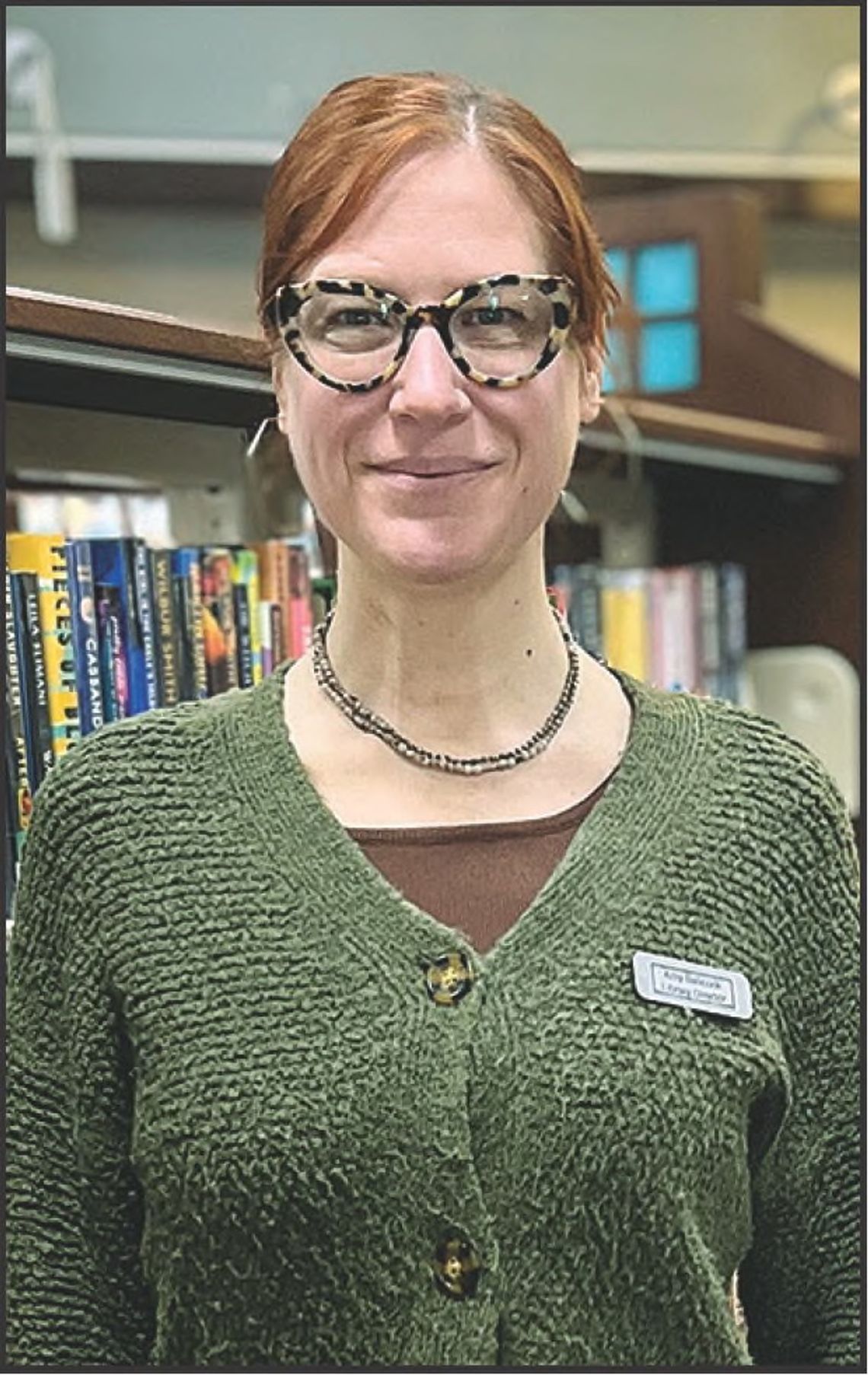The Livingston Public Library is adapting to changing user needs and societal shifts while maintaining core services, noted Amy Babcock, its director, as she shared insights on intellectual freedom, literacy and community engagement last weekduring a Zoom presentation with the Livingston League of Women Voters (LWV).
The discussion focused on the library’s new Strategic Plan for 2024-28 and its mission, the “Core values of community, compassion, connection and creativity.”
The plan outlines the Livingston library’s vision, mission and values as it aims to provide equal access and intellectual freedom for all, while fostering growth and a creative environment. The Strategic Plan, created by staff and tru stees, was a y ear in the making, using data gathered through surveys, focus groups, andmeetings with the community.
Babcock has been the library director for ten years, overseeing increased circulation, expanding programming, modernizing services, and renovations both inside and outside, said Amy Ipp, co-president of the LWV. “She believes that public libraries are at the heart of a community, and that advocacy, outreach and community partnerships are fundamental to the library’s long term success.”
Providing equal access and the pursuit of intellectual freedom is a core value, Babcock said, and one of the most challenging aspects of library work. “Intellectual freedom is under attack at local, state and national levels... we’re a library, we endorse literacy, learning and community engagement... .these are things that will carry us well into the future.”
Four Priorities
The library’s priorities fit in four categories, Babcock explained. The first includes fine-tuning core services, which include print, media and digital content; strengthening collections that serve diverse segments of the community; and using the data collected to ensure that new programming resonates with the community.
A second priority is to strengthen the library’s communication and connection with the community. It will include new marketing and communications plans for awareness ; growing partnerships with community groups; and ensuring access to services and programs in languages other than English.
A third focus is for the library to meet the needs of new and currently under-served members of the community. This includes expanding the English Language Learning (ELL) program and supporting ways to make the staff and volunteers reflect the town’s demographics.
The fourth priority is to ensure vibrant interior and exterior spaces - expanding study, small group meetcontinued on Page A-6) ing and work areas; enhancing the youth space; and improving exterior spaces.
“I found that Livingston is open to new ideas and creativity, finding ways to explore and engage,” Babcock said, “…with community at the center of our decisions.”
Practical Ideas Emerge
Residents have told the library that they value “those core services they’ve come to expect – library books, library resources, and library programs,” said Babcock. “The library will look at resources that it needs to invest in, and analyze community input and data… for allocating our financial resources to different types of content;” to figure out how to support digital content and continue to invest in print resources, and to talk about media types that may be sunsetting. She also mentioned doing a diversity audit to see if the collection is reflective of the community.
Calling library programs “places where we’re bringing people together,” Babcock wants to make sure they resonate with the community, and that the library can continue to fund-raise for these programs. “While we’re adequately funded by the township for many things…. It’s important to recognize that all of our programming is provided by the Friends of the Library,” which provides funding.
She also mentioned self-service options, and the possibility of expanding the parking lot and creating an area where you could do a book drop.
To reach people, the library is considering using targeted communications, such as newsletters to, for example, e-book readers; the world language community; parents; and seniors.
Another initiative will involve expanding the ELL program and connecting with people who come from places that do not have a library community.
Responding to a question about the source of construction funds, Babcock explained that the library maintains a capital reserve to contribute to projects such as renovations to the children’s area. It may also go to the township for funding, and look for grant opportunities.
Another listener asked about the pressure about removing books from the library. “We are having more conversations than in the past, but we have not faced any formal challenge,” Babcock replied. She noted that the Library Board has a firm policy about how it would deal with such situations, and is committed to protecting intellectual freedom. Its next meeting, in fact, will include an agenda item to make the Livingston Library a book sanctuary.
Over her ten years, Babcock has seen the shift to streaming content, even the way people use their phones, interact with technology, and exchange information. “The Internet and social media have shifted the way librarians interact with patrons and content, and as information providers to help adults and young adults navigate an increasingly complicated digital environment.”
She spoke of increased usage. “People in Livingston still read books,” she said. “Our circulation numbers of physical materials are higher than they were in 2019. Before the pandemic, we had the highest circulating collection of youth and young adult materials in the BCCLS system.”
Responding to another question, Babcock noted that the library website provides language translations and other accessibility features for people who are visually or hearing impaired. Inside the library, there are adaptable keyboards and screens to use. Other items that may be borrowed include museum passes, backyard cricket and pickleball sets, and other games.
In the next year, the library plans to focus on expanding its world language collections, said Babcock, citing strong demand for materials in Chinese, Hebrew, Ukrainian and Russian; developing targeted newsletters; and providing increased access to programs at a variety of times. Any physical changes, she said, would not begin until 2025 or 2026.
“How we grow and invest in new things, but maintain the core things that makes us great and successful,” will be an ongoing effort, she concluded.
To read the Strategic Plan, visit https://livingstonlibrary.org/strategicplan/.



